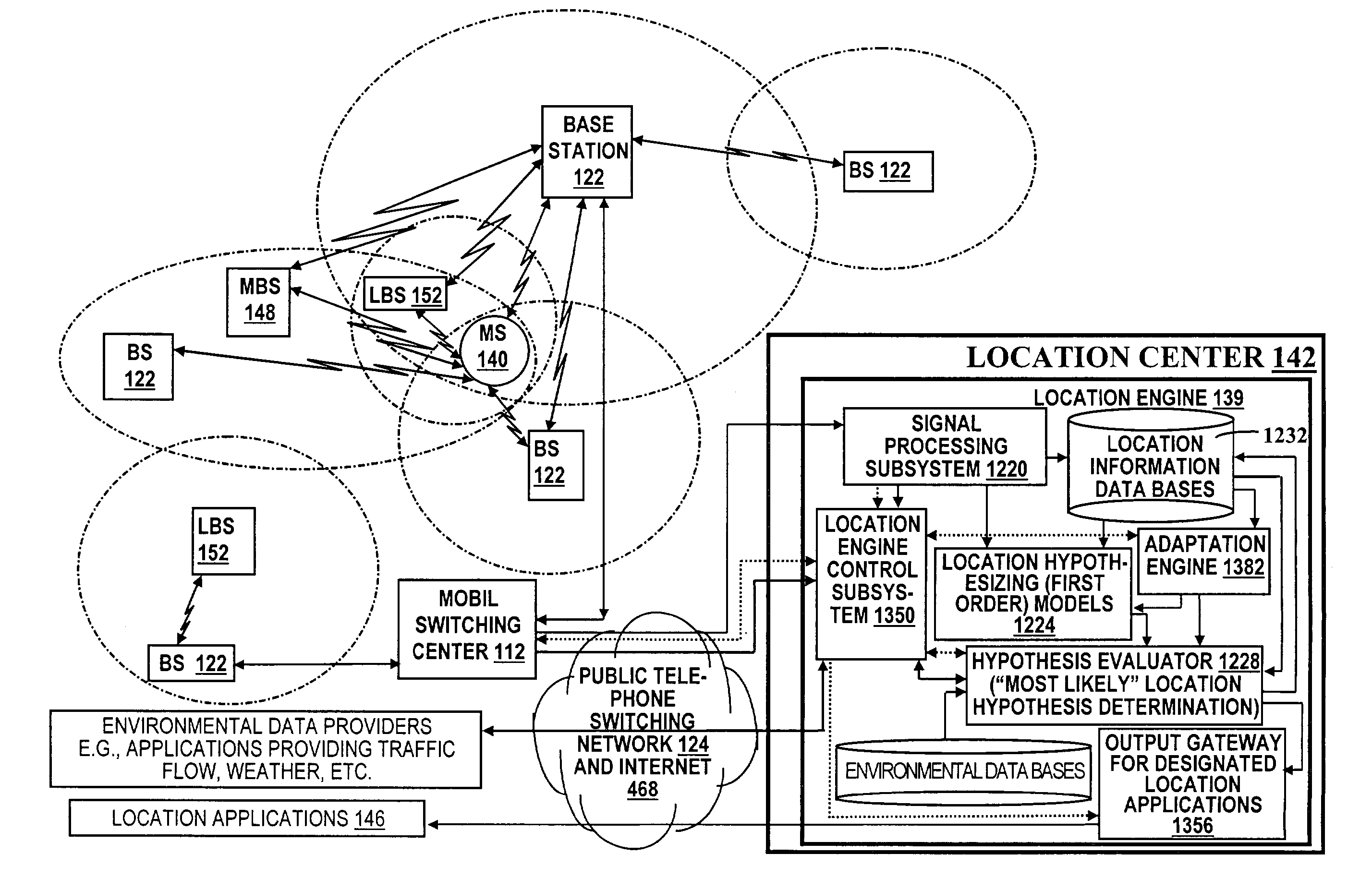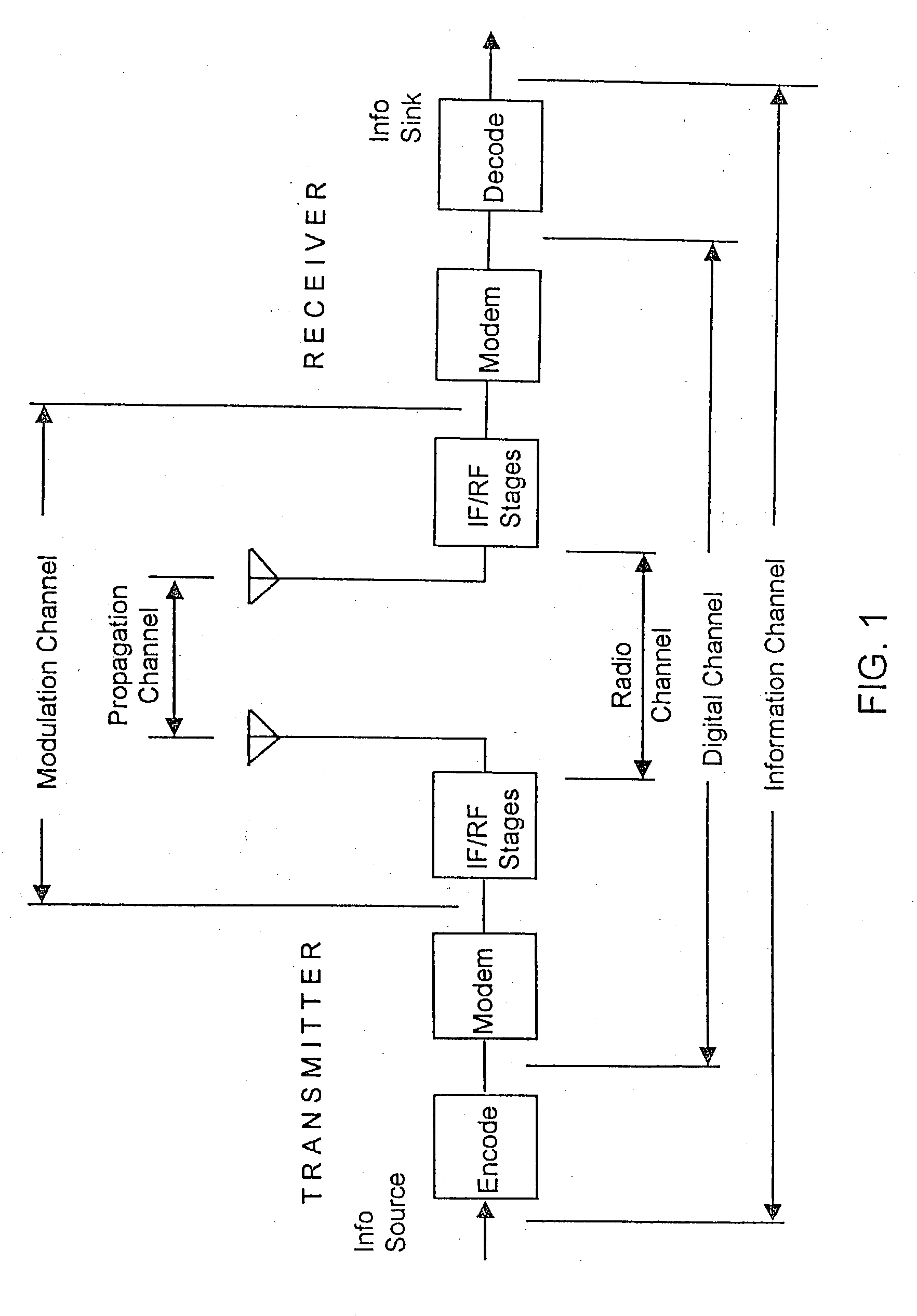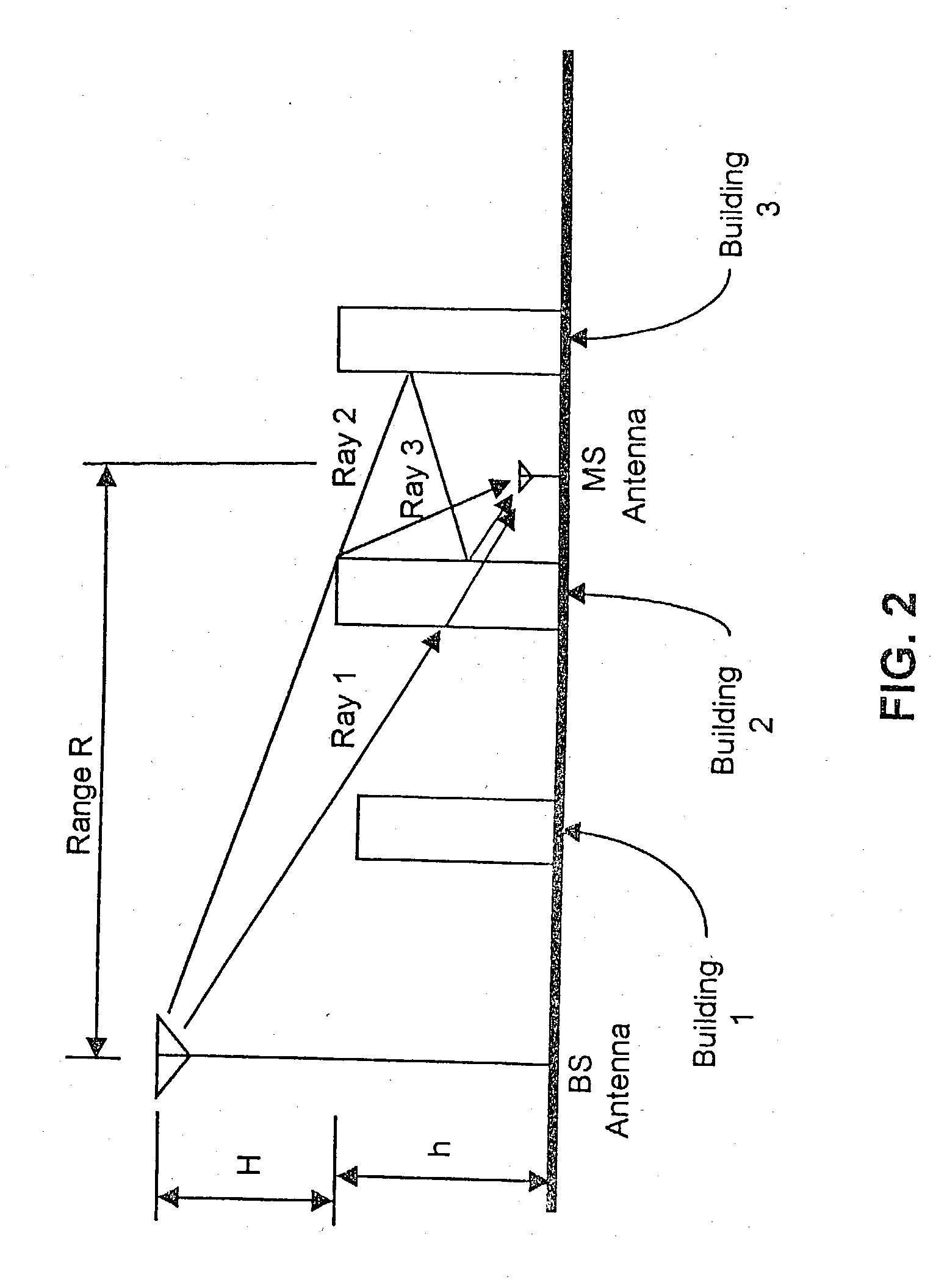Applications for a wireless location gateway
a wireless location and gateway technology, applied in the field of applications for wireless location gateways, can solve the problems of not being practicable to have such applications reside, many location related network services will not be available, etc., and achieve the effect of easy implementation of wireless location related applications
- Summary
- Abstract
- Description
- Claims
- Application Information
AI Technical Summary
Benefits of technology
Problems solved by technology
Method used
Image
Examples
Embodiment Construction
Of The Invention."
[0419] Another approach, regardless of the FOM utilized, for mitigating such ambiguity or conflicting MS location estimates is particularly novel in that each of the target MS location estimates is used to generate a location hypothesis regardless of its apparent accuracy. Accordingly, these location hypotheses are input to an embodiment of the context adjuster 1326. In particular, in one context adjuster 1326 embodiment each location hypothesis is adjusted according to past performance of its generating FOM 1224 in an area of the initial location estimate of the location hypothesis (the area, e.g., determined as a function of distance from this initial location estimate), this alternative embodiment adjusts each of the location hypotheses generated by a first order model according to a past performance of the model as applied to signal characteristic measurements from the same set of base stations 122 as were used in generating the location hypothesis. That is, in...
PUM
 Login to View More
Login to View More Abstract
Description
Claims
Application Information
 Login to View More
Login to View More - R&D
- Intellectual Property
- Life Sciences
- Materials
- Tech Scout
- Unparalleled Data Quality
- Higher Quality Content
- 60% Fewer Hallucinations
Browse by: Latest US Patents, China's latest patents, Technical Efficacy Thesaurus, Application Domain, Technology Topic, Popular Technical Reports.
© 2025 PatSnap. All rights reserved.Legal|Privacy policy|Modern Slavery Act Transparency Statement|Sitemap|About US| Contact US: help@patsnap.com



